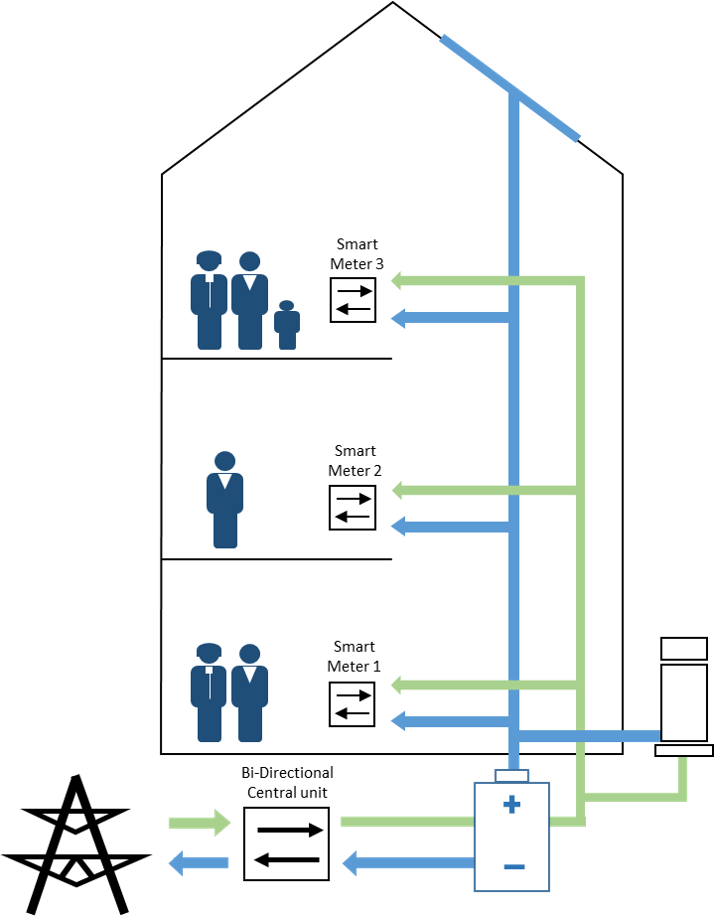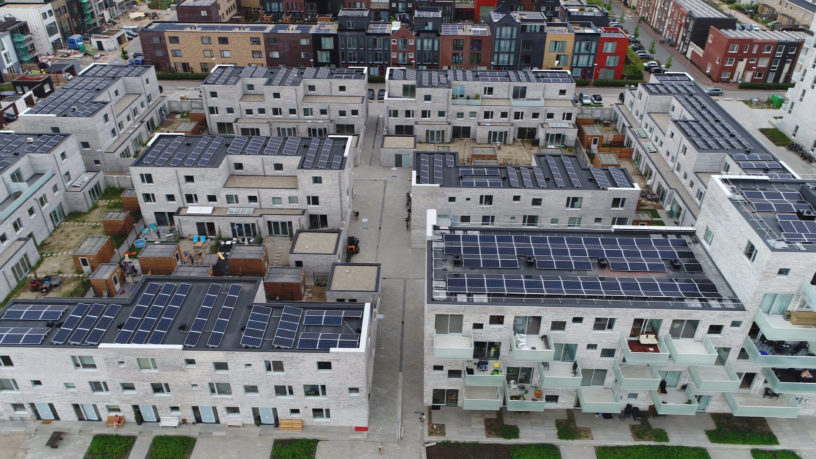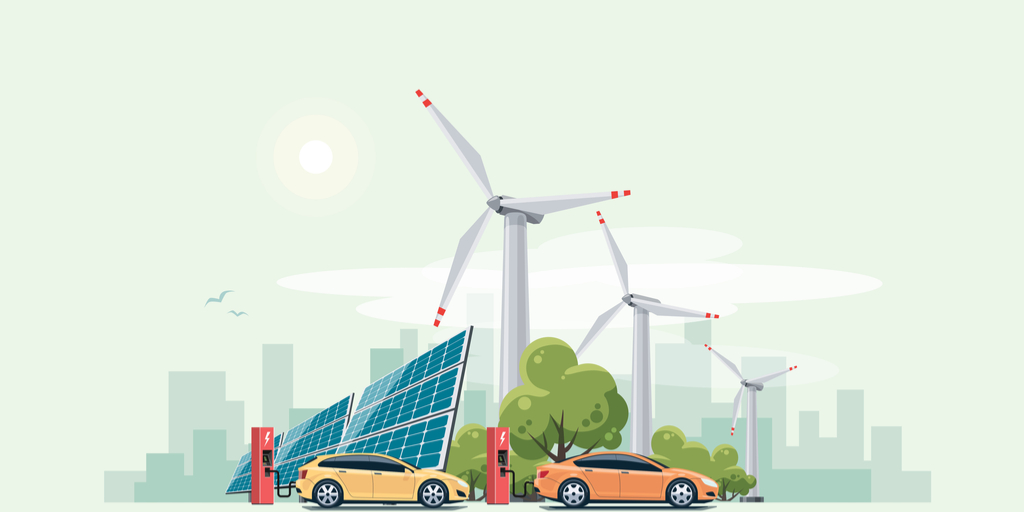Photovoltaic panels and electrical energy storage (batteries) for residential houses are growing but the success is currently too limited for rentals. The challenge is that savings realised with these solutions do generally not benefit the investor (landlord) but the user (tenant).
How can we improve this situation and support the adoption of PV and EES?
People living in rentals represent a significant part of all habitations in the world. According to an EU housing statistics, letting properties have a market share of 55% (Switzerland) to less than 40% for Nordic countries (Sweden, Norway, Denmark). All these populations which represent important energy consumers should be equipped with the most efficient energy solutions. This would not only save carbon footprint but also save significant costs.
Challenge: Financing renewable solution (PV and EES)
Depending on the cost of Photovoltaic/batteries, subsidies, electricity price and usage profile, a return on investment can take from 5 to 15 years. Solar panels can be amortized with savings made on the direct usage of produced energy and the resale of excess kWh on the grid. Batteries reduce electricity costs mainly by storing own produced energy (PV) and use it when needed. As mentioned in the introduction, the challenge is that these benefits are only possible if the investor is the consumer at the same time which cannot be the case with letting objects. The landlord would have to invest while the tenant would get the benefit. Of course, improving the equipment of the property increases the rental value but it will probably be less beneficial than some other refurbishment work (new kitchen, parquet, new hot-tube…)
Current situation: All about standards and regulations
There are already different attractive measures to improve the energy efficiency of letting objects. Regulation is the most common government reforms to ensure that habitations are updated with the latest efficiency levels. For example, UK has a regulation for efficiency called Energy Performance Certificate (EPC) 2018 with multiple levels of efficiency to ensure investment from homeowners. Next, to government programs, there are also private standards which do certify property efficiency and increase the lease value by building trust for future tenants. These labels represent a guarantee of greenness and energy savings. Minergy in Switzerland is one of those quality labels ensuring the efficiency level of residential houses. Minergy certification is for example based on multiple measures for heating, the supply of hot water and isolations.
What are the interest of governments, landlords and tenants?
Government wants to meet CO2 targets
Main governments objectives are to reduce the amount of CO2 in order to meet international carbon footprint targets (Paris agreement 2016). Next to other interests for health, sustainability and reducing the dependence of fossil energies (oil and gas).
Landlords want more profitability
Real estate is a lucrative market with clear profitability goals! Interests for the homeowner are very simply: Any real estate investments have to be lucrative and increase revenues and benefits. If the installation of solar panels is not profitable, the letting company might rather invest in other re-design work.
Tenants like green but want the most of it
When you rent an object, you are primarily sensitive to the location, size, living standard and other amenities. In terms of priorities, tenants are more sensitive about comfort equipment’s rather than the efficiency level of the place because it is perceived as temporary. However, green energy is still well perceived and is often equal to savings. Especially with the adoption of electric vehicles!
Solution: Sharing infrastructure within a community
More than half of the EU population lives in a community of apartments or semi-detached houses. Considering this, we should be thinking about sharing infrastructure. The complexity of sharing energy among a community is about distribution and billing.
Step 1: Solution setup
We need first to create a cluster of habitations, which will be the foundation to share photovoltaic or stored energy. This type of “crowd energy” solutions do require a full digitalisation of the electricity management. It means that every property of the community has to be fully equipped with Smart Meters (see the importance of Smart Meters) and connected to a central unit. The energy produced by the shared installations (PV) can afterwards be automatically distributed and accounted to each habitation. The central unit would then manage the resell aspect of kWh to the energy provider.

One-site Shared energy community
Step 2: Billing
Billing management of own produced kWh is a key element to amortize these installations. The billing process of electricity called “meter to cash” is complex and include the following steps:
- Collection of kWh data from the energy produced directly (PVs) and used among different habitations
- Allocation of kWh per locations according to Smart Meter usage data
- Rating of self-produced kWh according to defined pricing plans
- Invoicing process which includes the creation of the bill
- Cash management which consists of processing payments (Cash-in, Overdue bills…)
These steps can be performed with multiple layers of software or so-called Energy Data Management systems (EDMS). It has to be noticed that re-sell of energy is also well regulated and difficult to apply in some countries.
An easier option could be for the letting agent to include all these charges as a “flat fee” in the rental but this could have a negative impact on the usage of electricity. Indeed, why would you try to save energy, if the price is the same? The risk is that the responsibilization and understanding aspect would then be missed.
Step 3: Service Management
The service management which includes, product/pricing management and customer service shall not be underestimated. For example, setting up prices can be trivial in a regulated environment. Customer care with the management of bad payer could also become challenging. That’s why utilities shall propose outsourcing solution based on Billing and Service Management products. Especially, if we consider Smart Grid integration, the rise of IoT (Internet of Things) or even future Blockchains types of concepts.
Energy community is the opportunity
Despite all the costs to manage a community of letting properties, with complex regulation and billing process, the success of PVs and EES remains in the capability to manage shared infrastructures! This will ensure to investors to get benefits back!
Is this not a great opportunity for utilities and service providers?





Leave a Reply